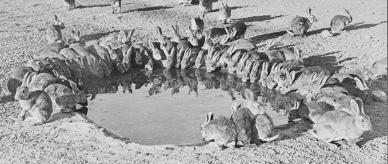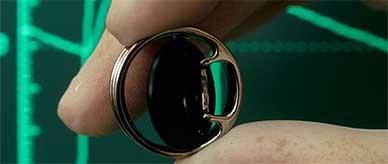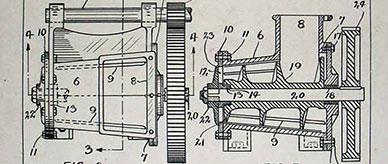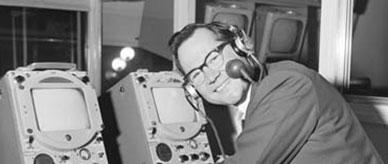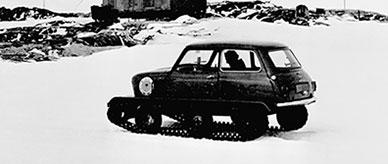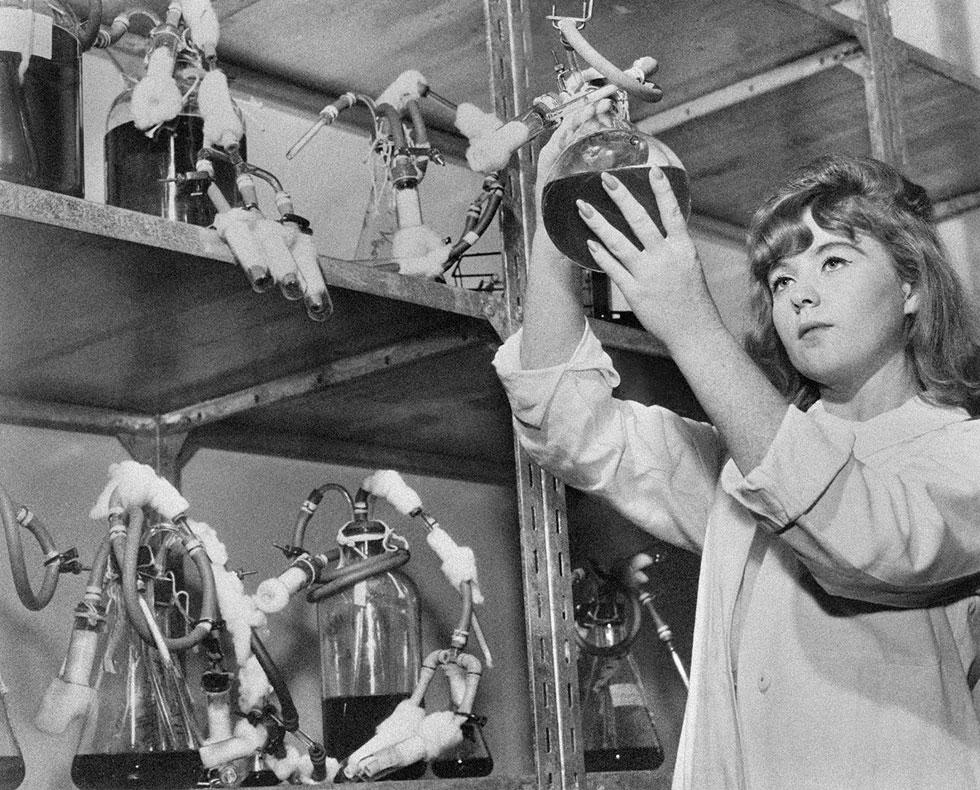


This record is a black and white photo of a woman working in a laboratory for Commonwealth Serum Laboratories (CSL). She is holding a glass tube that contains the antivenom for snake bites manufactured at CSL.
Australia is home to some of the most venomous snakes, spiders and sea creatures in the world. Thousands of patients are treated for venomous bites in Australia each year. Fortunately, these bites rarely result in death due to the variety of antivenoms created and manufactured by CSL.
An antivenom is a substance used to treat someone who has been bitten by a venomous creature. Antivenoms are created from the antibodies and plasma of horse, sheep and rabbits.
CSL was established by the Commonwealth government in 1916 when shipping from Britain became difficult during the First World War. This forced Australia to begin making its own vaccines and similar products. The National Archives of Australia holds records from CSL until 1991, when the organisation was privatised.
Since opening, the laboratories have manufactured antivenoms for most of the highly venomous creatures in Australia. They've also manufactured penicillin, insulin to treat diabetes, as well as vaccines for polio, influenza, diphtheria, tetanus, whooping cough and more recently, COVID-19.
The medical products that CSL has manufactured have improved and saved countless lives both in Australia and globally. They are now one of the largest influenza vaccine providers in the world and a global leader on rare and serious diseases.
Related records
Related themes
Need help with your research?
Learn how to interpret primary sources, use our collection and more.

